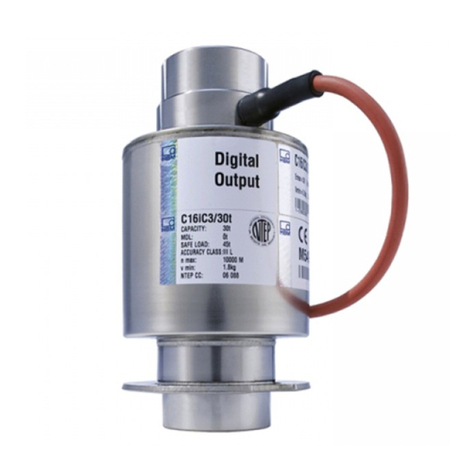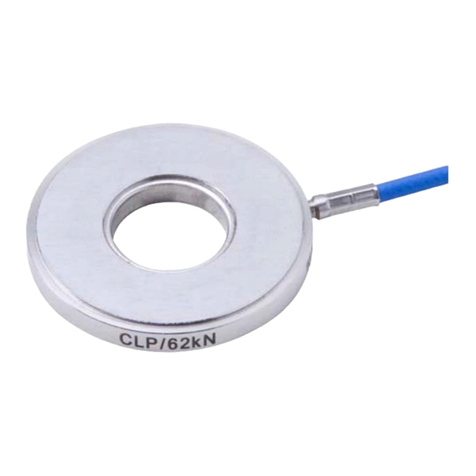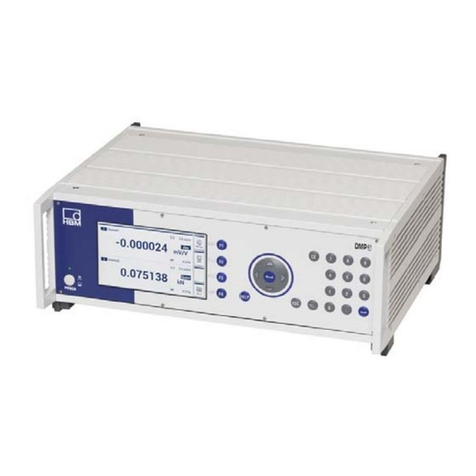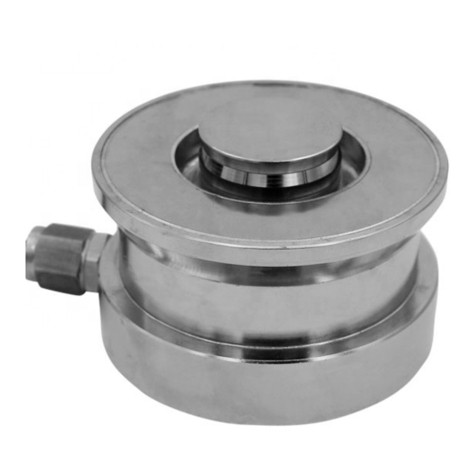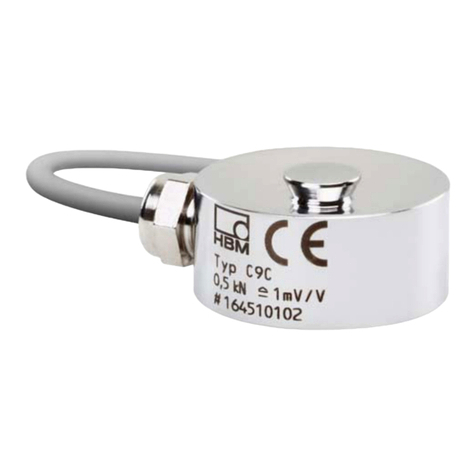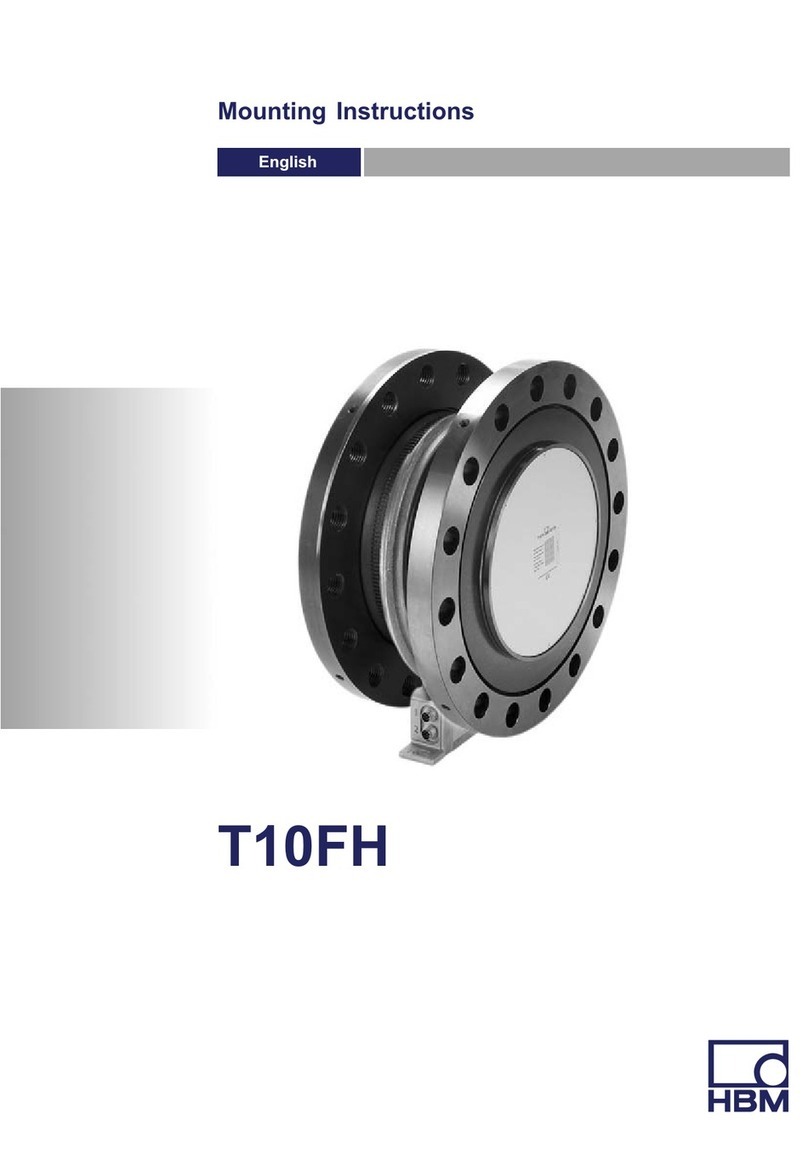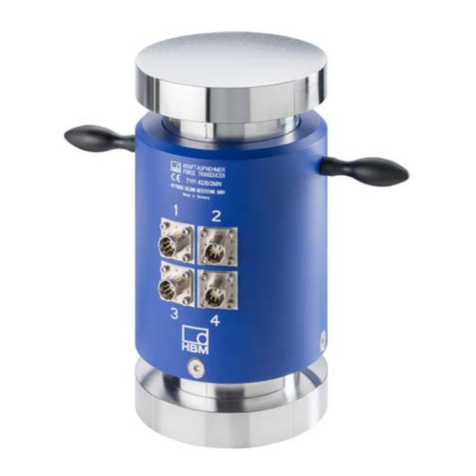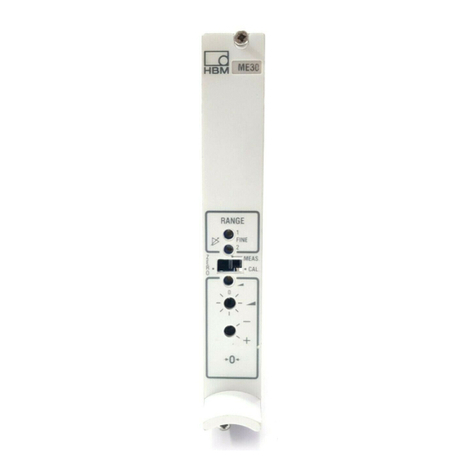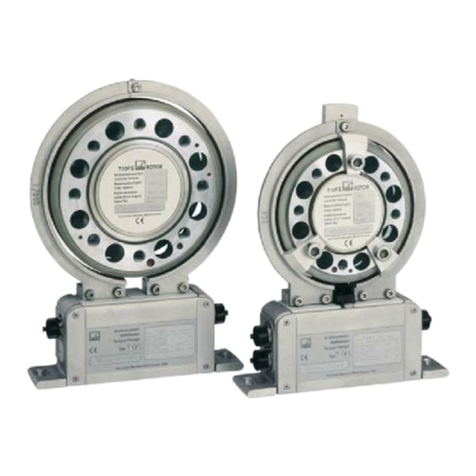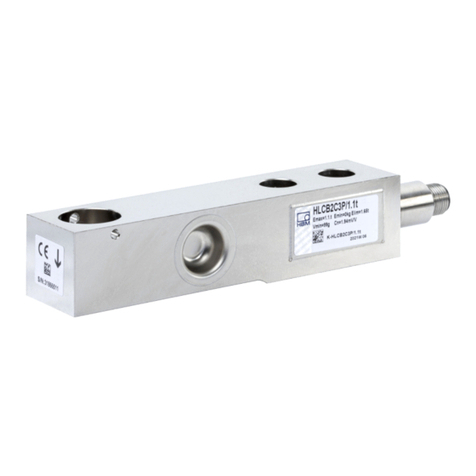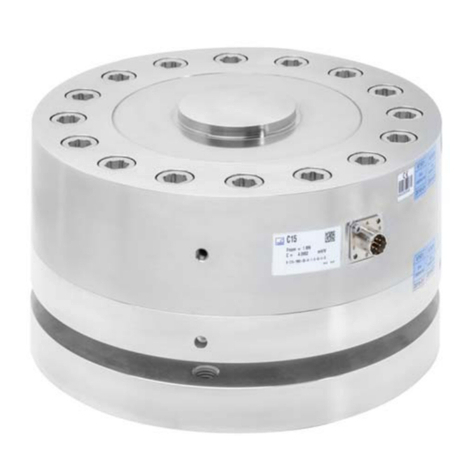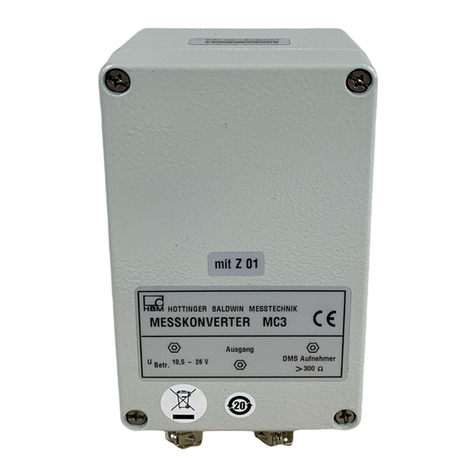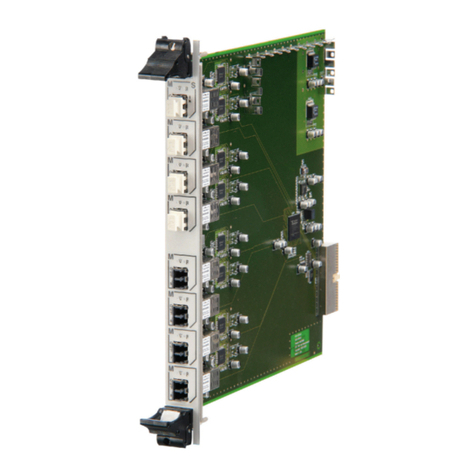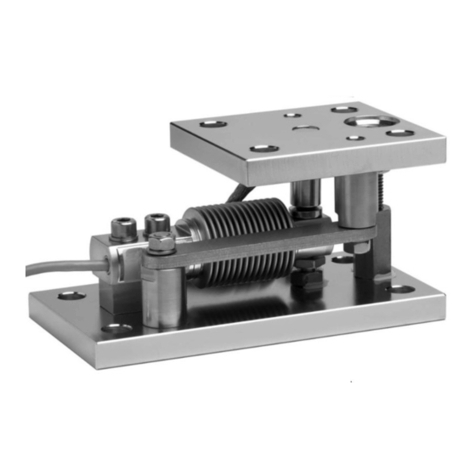
3
PME-MP60/MP07
A0616-13.4 en HBM
Contents Page
Safety instructions 4. . . . . . . . . . . . . . . . . . . . . . . . . . . . . . . . . . . . . . . . . . . . .
1 Introduction 9. . . . . . . . . . . . . . . . . . . . . . . . . . . . . . . . . . . . . . . . . . . . . . . . .
1.1 Scope of supply and accessories 9. . . . . . . . . . . . . . . . . . . . . . . . . . .
1.2 General 9. . . . . . . . . . . . . . . . . . . . . . . . . . . . . . . . . . . . . . . . . . . . . . . . .
2 Selecting amplifier settings with DIP switches 11. . . . . . . . . . . . . . . . .
3 Mounting/dismounting the MP60/MP07 15. . . . . . . . . . . . . . . . . . . . . . . .
3.1 Connecting several modules 17. . . . . . . . . . . . . . . . . . . . . . . . . . . . . . .
4 Connections 18. . . . . . . . . . . . . . . . . . . . . . . . . . . . . . . . . . . . . . . . . . . . . . . .
4.1 Functional overview of MP60/MP07 18. . . . . . . . . . . . . . . . . . . . . . . . .
4.2 Supply voltage and control inputs/outputs MP60 19. . . . . . . . . . . . . .
4.2.1 External supply voltage for control outputs (MP60) 20. . . . . . .
4.3 Supply voltage MP07 21. . . . . . . . . . . . . . . . . . . . . . . . . . . . . . . . . . . . .
4.4 Connecting a transducer 22. . . . . . . . . . . . . . . . . . . . . . . . . . . . . . . . . .
4.5 CAN interface 25. . . . . . . . . . . . . . . . . . . . . . . . . . . . . . . . . . . . . . . . . . . .
4.6 Synchronization (MP60) 26. . . . . . . . . . . . . . . . . . . . . . . . . . . . . . . . . . .
5 Setting up and operation (MP60) 27. . . . . . . . . . . . . . . . . . . . . . . . . . . . . .
5.1 Operating principles 27. . . . . . . . . . . . . . . . . . . . . . . . . . . . . . . . . . . . . .
5.2 Commissioning 30. . . . . . . . . . . . . . . . . . . . . . . . . . . . . . . . . . . . . . . . . . .
5.3 Guide to all groups and parameters 31. . . . . . . . . . . . . . . . . . . . . . . . .
5.3.1 Set up all parameters 32. . . . . . . . . . . . . . . . . . . . . . . . . . . . . . . .
5.4 Example: measuring Md and N with torque
transducer T10F (24 V supply) 36. . . . . . . . . . . . . . . . . . . . . . . . . . . . .
6 Declaring the significant parameters 39. . . . . . . . . . . . . . . . . . . . . . . . . .
7 CAN interface description (MP60 only) 47. . . . . . . . . . . . . . . . . . . . . . . .
7.1 General 47. . . . . . . . . . . . . . . . . . . . . . . . . . . . . . . . . . . . . . . . . . . . . . . . .
7.2 Cyclical data transmission 47. . . . . . . . . . . . . . . . . . . . . . . . . . . . . . . . .
7.3 Parameter assignment 48. . . . . . . . . . . . . . . . . . . . . . . . . . . . . . . . . . . .
7.4 Object directory (communications profile section) 50. . . . . . . . . . . . .
7.5 Emergency objects 53. . . . . . . . . . . . . . . . . . . . . . . . . . . . . . . . . . . . . . .
7.6 Object directory: manufacturer-specific objects 54. . . . . . . . . . . . . . .
7.7 Manufacturer-specific objects in floating data format 64. . . . . . . . . .
7.8 Examples 66. . . . . . . . . . . . . . . . . . . . . . . . . . . . . . . . . . . . . . . . . . . . . . .
8 Error messages/operating status (LED) 67. . . . . . . . . . . . . . . . . . . . . . .
9 Keyword index 72. . . . . . . . . . . . . . . . . . . . . . . . . . . . . . . . . . . . . . . . . . . . . .












